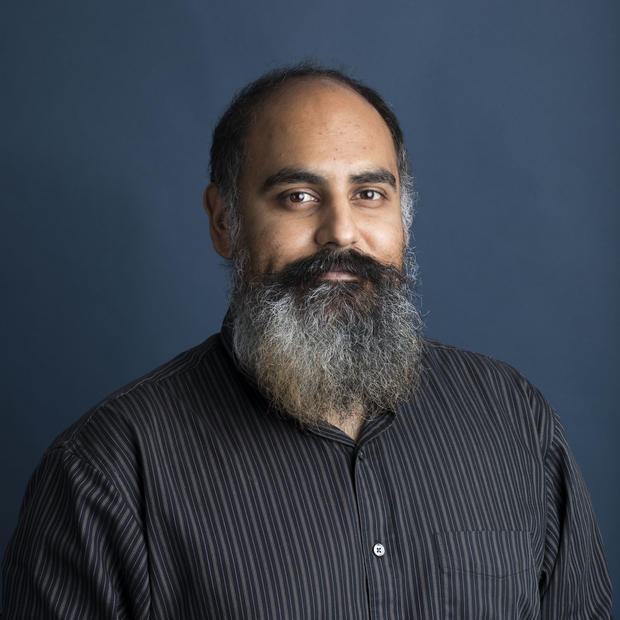Not since the World Trade Organization demonstrations of 1999 has the city seen such widespread chaos, as marchers took over Interstate 5, broke windows and torched several police cars. Police officers, meanwhile, used a heavy hand in an effort to control the crowds.
In response, Gov. Jay Inslee called the Washington National Guard into Seattle for the first time in more than 20 years and Mayor Jenny Durkan declared a 5 p.m. curfew with just 15 minutes of advanced notice.
On Sunday, in response to protests in Bellevue, Inslee announced he was calling for at least 200 National Guard troops to be sent to the Eastside city, on top of the 400 already approved for Seattle. The governor said additional troops could be sent to other parts of Washington state and that he had already received a request for help from Spokane County "after what was described as a rogue group began looting and damaging property."
The protests in Seattle on Saturday were organized by advocates of police reform — including Not This Time, made up of family members whose loved ones were killed by police officers. While Floyd’s death sparked the gatherings in Seattle and elsewhere, it also has come to represent years of frustration with law enforcement and systemic racism more broadly.
In Seattle, as in other American cities, the protests have been a mix of peaceful and violent. Speakers addressed mask-wearing crowds that had ventured into public by the thousands despite ongoing COVID-19 concerns. But the event eventually gave way to clashes with police, who deployed pepper spray and flash grenades in an attempt to disperse the demonstrators.
Some protesters posted videos of police using force today, as well as at least one incident from Friday evening — of an officer hitting someone who was on the ground — that the Seattle Police Department promised to investigate.
It’s a precarious time for the police department, which is on the cusp of ending nearly a decade of oversight by the federal government. The protests are likely to rekindle debate over whether the department is ready to leave that monitoring behind.
Bystanders yell at a police officer to remove his knee from a detained person’s neck while SPD made arrests at a vandalized T-Mobile store downtown, May 30, 2020. A moment later a fellow officer forcibly removed the officer's knee from the man's neck. As night fell, looters began to smash in business windows and cover storefronts in graffiti, prompting many who had participated during the day's peaceful protest to leave the scene, not wanting to be involved. (Shaminder Dulai/Crosscut)
At an early evening press conference, Durkan said she called for a 5 p.m. curfew in Seattle on the recommendation of police. Durkan said a number of police vehicles had been set on fire and two law enforcement rifles were stolen out of patrol cars. Police have since recovered the rifles. Durkan made clear, however, that the city was not aware of any civilians or officers who had been seriously injured.
“I understand the immense rage and grief and sense of betrayal felt by so many in our community and communities across this country,” Durkan said. “However, the escalated incidents of destruction and violence do not honor Mr. Floyd. His own family has spoken out against such violence and has urged everyone to demonstrate peacefully.”
Inslee said the National Guard personnel would be unarmed, under the direction of city leadership and used only if “absolutely necessary.”
























